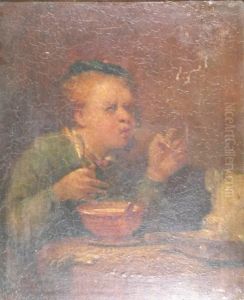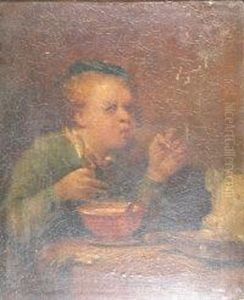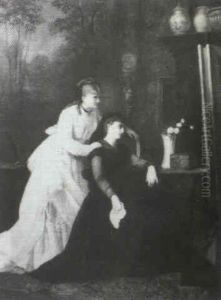Charles Runciman Paintings
Charles Runciman was a Scottish painter born in 1744, primarily known for his landscape paintings. He was part of a family of artists; his brother Alexander Runciman was also a notable painter. Charles developed his artistic skills in Scotland but also spent time in Italy, which was a common practice among artists of that period seeking to refine their techniques and draw inspiration from the Renaissance masters.
Runciman's work was influenced by the picturesque and sublime elements within the landscape genre, which were popular during the 18th century. This period saw a growing appreciation for the natural world as a subject for art, partly fueled by the Romantic movement. His landscapes often depicted the rugged beauty of the Scottish countryside, imbued with a sense of emotion and grandeur that was characteristic of the time.
Despite his talent, Charles Runciman remains a less well-documented figure in art history compared to his brother Alexander. Few of Charles's works are widely known, and as such, he has not been the subject of extensive scholarly attention. His paintings, however, contribute to the rich tapestry of Scottish art and provide insight into the aesthetic values of the 18th-century British landscape tradition.
Charles Runciman died in 1821. His legacy is largely overshadowed by other artists of his time, but his work still holds a place in the collections of those with an interest in Scottish art history and the development of landscape painting in Britain.


